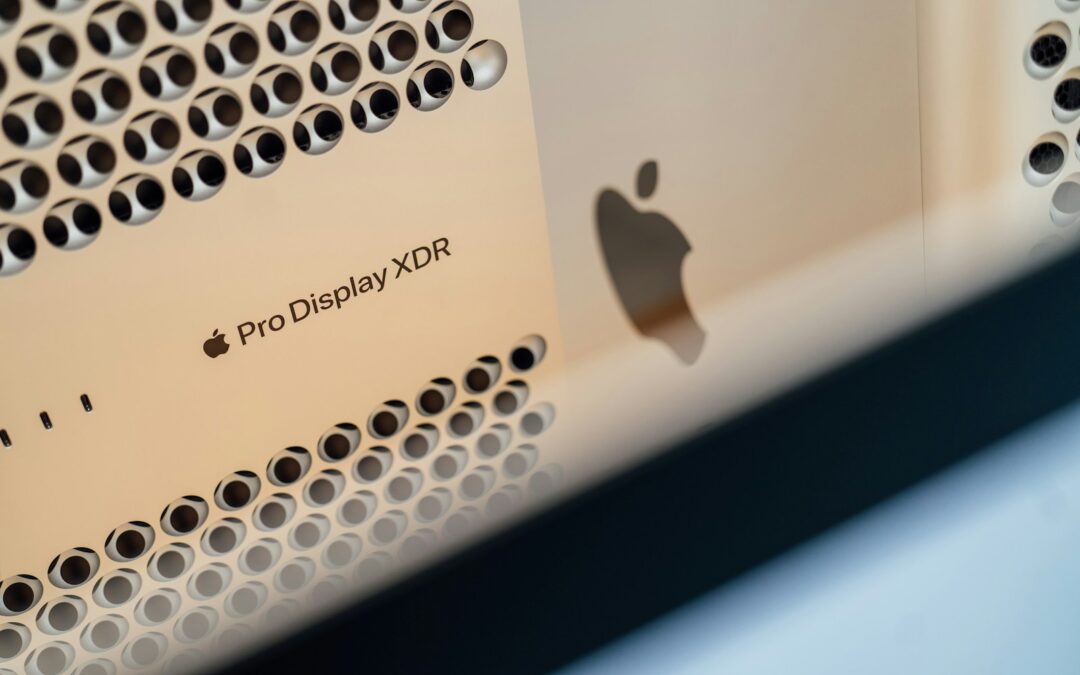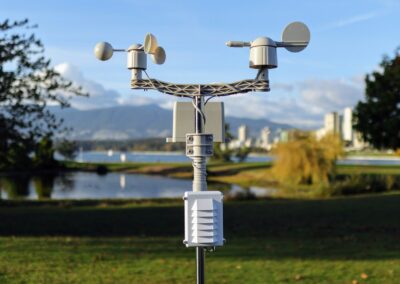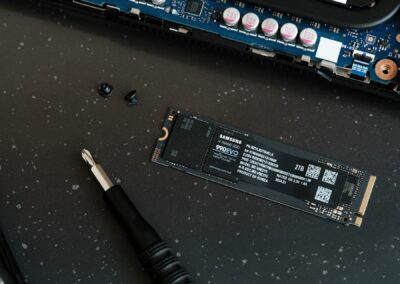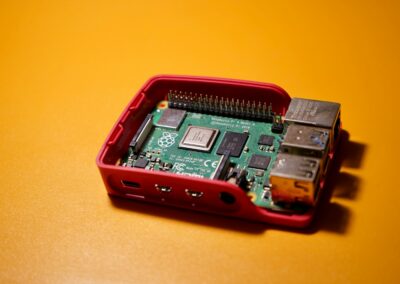The Critical Decision: Cost vs. Performance in IoT Connectivity
Evaluating IoT Connectivity Options: Cost Considerations
In the rapidly evolving world of IoT, the question of IoT connectivity trade-offs is a critical consideration for businesses, particularly in technology-driven markets like Saudi Arabia and the UAE. When selecting connectivity technologies for IoT deployments, businesses must carefully weigh the trade-offs between cost and performance. The choice of connectivity can significantly impact both the initial deployment costs and the long-term operational expenses, making it a key factor in the overall success of IoT projects.
One of the primary cost considerations in IoT connectivity is the type of network technology selected. For instance, cellular networks, while offering widespread coverage and reliability, often come with higher costs associated with data transmission and network access. In contrast, low-power wide-area networks (LPWAN) such as LoRaWAN or Sigfox provide cost-effective solutions with lower data transmission fees, but they may compromise on bandwidth and data speed. For businesses operating in regions like Riyadh and Dubai, where the cost of technology infrastructure is a significant concern, these trade-offs can influence the choice of connectivity technology.
Additionally, businesses must consider the scalability of their chosen connectivity solution. As IoT deployments grow, the costs associated with connectivity can increase exponentially. Therefore, selecting a connectivity technology that aligns with the long-term goals of the organization, while remaining cost-effective, is crucial. In industries such as smart cities and industrial automation, where IoT applications are expanding rapidly, balancing the costs of connectivity with the need for reliable, high-performance networks is a delicate yet essential task.
Performance Considerations in IoT Connectivity
While cost is a significant factor, the performance of the chosen IoT connectivity technology is equally important in the context of IoT connectivity trade-offs. The performance of the network directly impacts the functionality and reliability of IoT devices, influencing everything from data transmission speeds to network latency and overall system responsiveness. In regions like Saudi Arabia and the UAE, where businesses are increasingly adopting IoT to drive innovation and efficiency, ensuring that the selected connectivity technology delivers optimal performance is vital.
One of the key performance considerations is the bandwidth required for IoT applications. High-bandwidth applications, such as real-time video monitoring or large-scale data analytics, require robust connectivity solutions capable of handling significant data loads without compromising on speed or reliability. Cellular networks, particularly 4G and emerging 5G technologies, offer the bandwidth necessary for these demanding applications, making them a preferred choice for businesses that prioritize performance over cost.
However, for IoT applications that involve large numbers of low-power devices, such as environmental sensors or asset trackers, the performance requirements may differ. In such cases, technologies like LPWAN or narrowband IoT (NB-IoT) may be more suitable, as they offer extended battery life and reliable connectivity over long distances, albeit with lower data transfer rates. For businesses in Riyadh and Dubai, where IoT deployments often involve a mix of high-performance and low-power devices, understanding the specific performance needs of each application is critical to making informed connectivity decisions.
Strategic Decision-Making: Balancing Cost and Performance in IoT Connectivity
Making Informed Choices: The Role of Business Objectives
The decision-making process around IoT connectivity trade-offs is not solely about evaluating cost and performance in isolation; it requires a strategic approach that aligns with the broader business objectives. In markets like Saudi Arabia and the UAE, where digital transformation is a key driver of economic growth, businesses must consider how their IoT connectivity choices will support their long-term goals. Whether the focus is on improving operational efficiency, enhancing customer experiences, or driving innovation, the selected connectivity technology should enable the organization to achieve its strategic objectives.
For instance, in the context of smart cities, where the deployment of IoT technologies is often large-scale and involves multiple stakeholders, the choice of connectivity must balance cost-effectiveness with the need for reliable, high-performance networks. In this scenario, businesses might opt for a hybrid approach, combining different connectivity technologies to optimize both cost and performance. This approach allows for flexibility, enabling businesses to scale their IoT deployments as needed while ensuring that critical applications receive the necessary bandwidth and reliability.
Similarly, in industries such as manufacturing and logistics, where IoT is used to streamline operations and improve supply chain efficiency, the focus may be on selecting connectivity technologies that offer the best balance between cost and performance for specific applications. For example, LPWAN technologies might be used for monitoring and tracking low-power devices, while 5G networks could be employed for high-performance applications requiring real-time data transmission and low latency. By aligning connectivity choices with business objectives, companies can maximize the return on their IoT investments.
Conclusion: Navigating the Trade-offs for IoT Success
In conclusion, the process of managing IoT connectivity trade-offs is a critical component of successful IoT deployments, particularly in technology-driven regions like Saudi Arabia, the UAE, Riyadh, and Dubai. By carefully evaluating the trade-offs between cost and performance, businesses can make informed decisions that align with their strategic goals, ensuring that their IoT solutions are both cost-effective and high-performing.
As the IoT landscape continues to evolve, the importance of making strategic connectivity choices will only grow. Businesses that take a balanced approach to evaluating cost and performance trade-offs will be better positioned to leverage IoT technologies to drive innovation, improve operational efficiency, and achieve long-term success. In a world where technology is increasingly central to business operations, the ability to navigate these trade-offs effectively will be a key differentiator in the competitive global market.
—
#IoTConnectivity, #CostPerformanceBalance, #BusinessTechnology, #SmartCities, #SaudiArabia, #UAE, #Riyadh, #Dubai






























